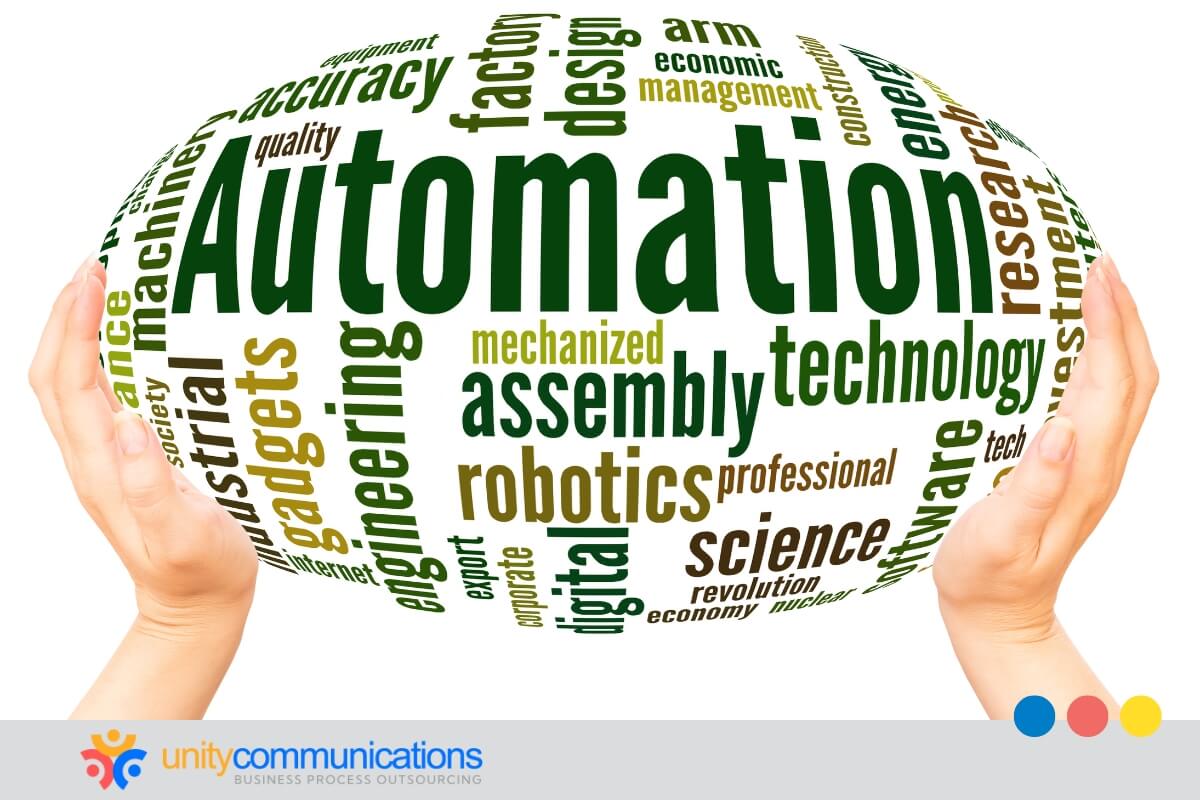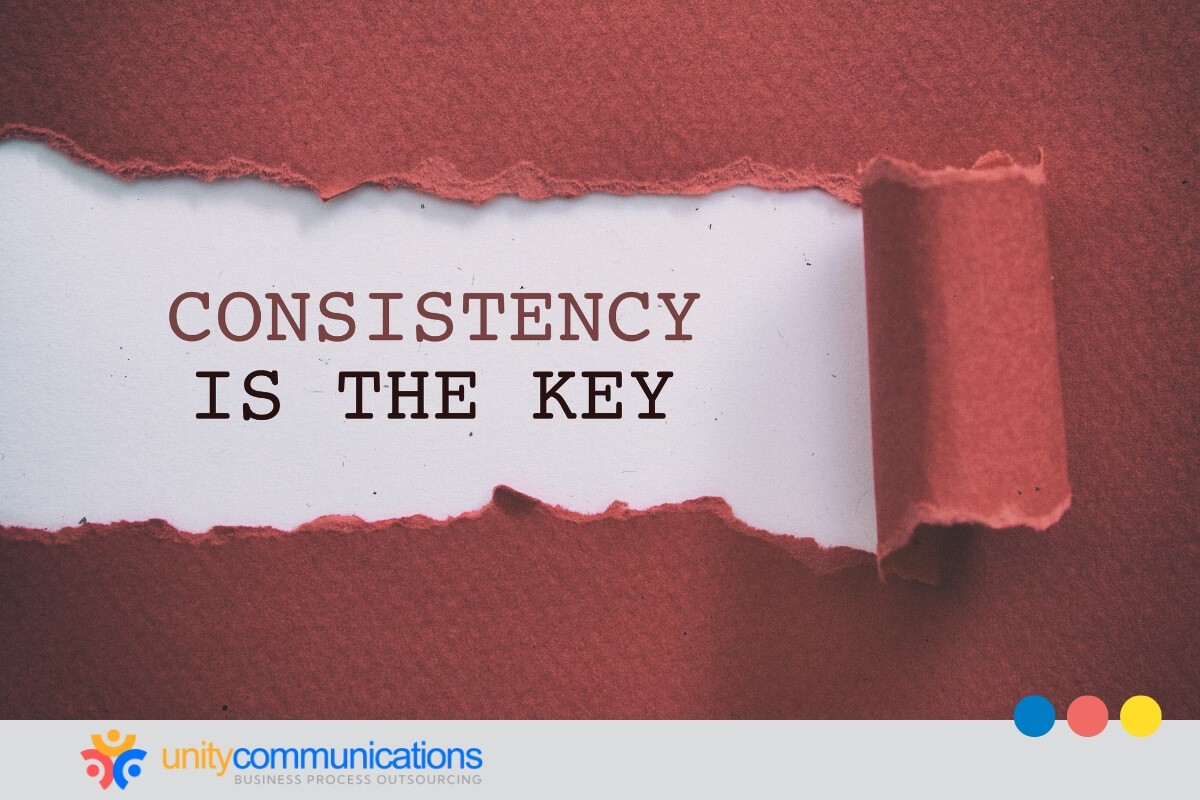Table of Contents
Artificial intelligence (AI) and automation are two of the most potent forces reshaping modern business. While both aim to improve efficiency and reduce manual work, they operate in very different ways.
Understanding these differences is critical to make the right investment decisions, design more intelligent workflows, and align technology choices with long-term strategy.
This article examines the differences between automation and AI agents across 10 dimensions, enabling you to precisely identify where each fits and how to apply them effectively in your business.
Why understanding AI vs. automation matters for business strategy

AI and automation are often mentioned in the same breath, yet they play very different roles in business transformation. Automation is about establishing rules and maintaining consistency, such as processing payroll, routing invoices, or sending confirmations.
AI brings adaptability, learning from data, making predictions, and tailoring outputs in real time. Both are valuable, but they shouldn’t be confused. The impact on the workforce shows why the distinction matters.
Recent studies indicate that automation has improved job satisfaction for 90% of knowledge workers while boosting productivity for 66% of them. This demonstrates the strength of automation in delivering consistency and efficiency, while AI creates opportunities for strategic intelligence and adaptability.
But before diving deeper, it’s helpful to ask: What is an AI agent? At its core:
- It’s a system that doesn’t just follow preprogrammed steps.
- It evaluates data, makes choices, and learns from outcomes to improve future performance.
Understanding the difference between automation and AI agents is key to strategy. Treating them as interchangeable risks overspending on technology too complex for the problem, or worse, underinvesting where intelligence is needed most.
This distinction also shapes how you approach business process outsourcing (BPO). Many firms rely on BPO partners to manage high-volume, rules-based work through automation while selectively applying AI to tasks that demand personalization or strategic judgment.
Knowing the difference guides what to outsource, what to keep, and how to align with goals.
What are the differences between automation and AI agents regarding rules?
One of the most apparent distinctions between automation and AI is the ability to make decisions. In customer service, for instance, you can set up automation to send the same confirmation email whenever someone submits a form. It’s fast, reliable, and consistent. But it stops there—no interpretation, no nuance, just execution.
An AI agent takes the same situation to another level. Instead of simply sending a canned response, an AI-powered chatbot can:
- Interpret the tone of the message, recognize urgency, and even predict whether a customer is likely to need human support.
- Weigh multiple factors in real time, like a skilled agent making a judgment call.
The difference also appears in other areas. In payroll, automation is perfect for processing timesheets and calculating deductions. It follows the rules flawlessly. AI can go further by spotting anomalies, such as unusual expense claims or patterns that suggest fraud, and flagging them for review.
Bottom line: Automation enforces rules with precision, while AI evaluates situations and makes choices. When you can grasp these differences, you can decide when a reliable rules-based approach is enough and when adaptive decision-making adds real business value.
Can AI agents learn while automation remains static?
One of the most powerful features of intelligent systems is their ability to learn and adapt. Fraud detection is a great example. Early systems relied on rigid rules, flagging transactions above a certain amount or from unusual locations. Today’s AI-driven fraud platforms continually adapt, learning from new transaction data to detect even the most subtle and emerging fraud tactics.
Automation doesn’t evolve the same way. A process runs until someone changes the underlying rules. If regulations or business practices change, you must manually reprogram the system, often resulting in lag time and compliance risks.
The primary difference between automation and an AI agent lies in their evolution. One improves with every interaction, while the other waits for updates.
Many companies avoid building AI capabilities in-house due to cost, instead opting to turn to BPO providers that specialize in continuously updating AI models across multiple clients. This illustrates how outsourcing works. Firms gain access to adaptive systems without incurring the heavy R&D expenses.
How do AI agents handle unstructured data compared to automation?
Not all data comes neatly packaged. Customer complaints, scanned contracts, audio recordings, and social media comments are all messy and unstructured sources. According to a report, unstructured data is expected to account for 80% of the data collected globally by 2025, making this capability increasingly critical.
This is where AI excels, extracting meaning from raw data and transforming it into actionable insights. For instance, AI-powered tools can analyze thousands of applications to identify the best candidates for a role.
By design, automation requires structure. Data fields must be consistent, including invoice numbers, account codes, or standardized entries in a spreadsheet. If data isn’t clean, automation falters. That’s why many firms still struggle with automating workflows that depend on human input.
In summary, automation and an AI agent can differ in adaptability. One can make sense of chaos, while the other needs order to perform.
Why does context set AI agents apart from automation?

Context transforms interactions from transactions into experiences. Imagine a customer calling about a product issue. An AI-enabled service agent can access purchase history, previous complaints, and browsing behavior to tailor the response.
Automation doesn’t offer this continuity. It treats each task as a standalone event. An automated system sending shipping confirmations won’t know if the customer has already raised a delivery complaint. It will execute the same message every time.
This is also where the distinction between an AI agent and a chatbot becomes clear. A traditional chatbot often provides scripted, surface-level responses. An AI agent maintains memory, adapts its answers, and even learns from repeated interactions.
The difference between automation and an AI agent is memory. One creates connected, personalized journeys, while the other provides consistent but impersonal outputs. One feels transactional, while the other feels like an ongoing conversation.
Can AI agents anticipate issues while automation reacts linearly?
In volatile markets, the ability to anticipate problems can significantly affect business performance. Supply chain operations clearly highlight this difference.
AI-powered systems don’t just track shipments in real time. They analyze demand trends, flag potential delays, and suggest alternative sourcing strategies. This forward-looking approach gives organizations a competitive edge.
The trend is accelerating. Gartner research predicts that by 2030, 50% of all supply chain management solutions will include agentic AI capabilities, meaning anticipation will become a standard feature rather than a differentiator. Companies that rely only on rule-based systems risk being left behind as competitors adopt more adaptive solutions.
Automation, by contrast, is built for linearity. It:
- Executes tasks step by step.
- If step three fails, the workflow stops until a human intervenes.
While this reliability is functional for stable, repetitive processes, it lacks the flexibility needed when disruptions occur.
Therefore, automation responds to problems as they occur, while AI anticipates them.
How does automation follow predefined rules?
Markets change quickly, and you need systems that can keep up. AI has the agility you need. For example, an AI marketing tool can track campaign performance in real time and shift ad budgets from underperforming channels to ones delivering better results. It adjusts in real time to get the most value from resources.
Automation works differently. After mapping the process, it always runs the same way. If trigger A happens, action B follows. Consistency is ideal for repetitive or compliance-driven tasks, but it lacks flexibility when conditions change.
In this case, orchestration spells the difference between automation and an AI agent. AI adapts in real time, while automation follows a fixed script.
Why are AI agents suited for complex problems?
Some problems are inherently complex. Predictive maintenance in manufacturing, regulatory compliance in finance, or adaptive cybersecurity in IT all involve shifting conditions with multiple variables.
AI thrives in these environments, helping companies save millions by reducing downtime or preventing breaches.
Other processes are highly repetitive. Invoice matching, data entry, and payroll processing remain relatively unchanged and benefit from the consistency that automation provides.
The difference between an automation and an AI agent lies in their scope. One is designed for complexity, the other for repetition.
How do AI agents deliver personalization compared to automation?

Customers are increasingly expecting experiences tailored to their needs. A McKinsey research shows that companies with superior growth rates derive 40% more revenue from personalization compared to slower-growing competitors.
This demonstrates a direct correlation between personalization and business success. AI makes this possible by tailoring each customer’s recommendations, offers, and even communication tone.
Uniformity, however, has its place. Compliance-driven industries, such as healthcare and banking, rely on automation to deliver standardized forms, records, and notifications, where deviation is risky. Consistency is its strength.
The difference between automation and an AI agent is whether experiences are individualized or standardized. AI thrives in customer-facing scenarios where tailoring drives loyalty and growth. Automation provides reliability in environments where deviation could cause risk.
Why is AI resource-heavy while automation remains lightweight?
Building AI is a resource-intensive process that requires substantial infrastructure, extensive training data, and ongoing monitoring.
IDC research projects that global AI spending, including applications, infrastructure, and related services, will exceed $632 billion by 2028, more than doubling from current levels. This reflects both a massive opportunity and significant investment requirements.
Automation is lighter and easier to scale. You can quickly deploy robotic process automation (RPA) platforms such as UiPath and Blue Prism and generate returns within a year.
The primary difference between automation and AI agents lies in their resource intensity. AI requires significant long-term investment, whereas automation delivers faster and lower-cost efficiency. BPO providers help strike the right balance by offering pre-built AI capabilities and scalable automation without the heavy upfront burden.
Why does AI require governance while automation provides predictability?
Governance becomes critical when systems evolve independently of one another. Unlike automation, which simply follows fixed rules, AI adapts. It might produce less predictable outcomes. This is why oversight for fairness, accountability, and compliance is essential, as reflected in measures such as the EU’s AI Act, which sets strict requirements for the use of high-risk AI.
An AI agent definition helps clarify this. It is a system that perceives information, analyzes it, and takes action toward a goal. Unlike automation, it doesn’t just execute preset steps. It learns, refines decisions, and can coordinate multiple tools. This adaptability is valuable, but it requires stronger governance to manage risks, such as bias or opaque decision-making.
Automation is straightforward to audit. Its processes run the same way every time, as if a payroll system were applying tax deductions, making it reliable for compliance-heavy environments.
The difference between automation and an AI agent lies in oversight. AI requires continuous governance frameworks, while automation offers predictability and auditability by design.
The bottom line
AI and automation are not interchangeable; they’re complementary. Automation delivers consistency, cost savings, and efficiency for stable processes. AI adds adaptability, intelligence, and personalization for complex and evolving challenges.
For many organizations, the most effective strategy is a hybrid approach. BPO providers demonstrate this balance by utilizing automation to manage repetitive tasks at scale while leveraging AI to solve complex problems and enhance customer experiences.
Fast-moving markets demand both. Automation keeps operations steady, while AI equips businesses to anticipate change and adapt for the future. Ready to optimize your technology strategy? Let’s connect.



